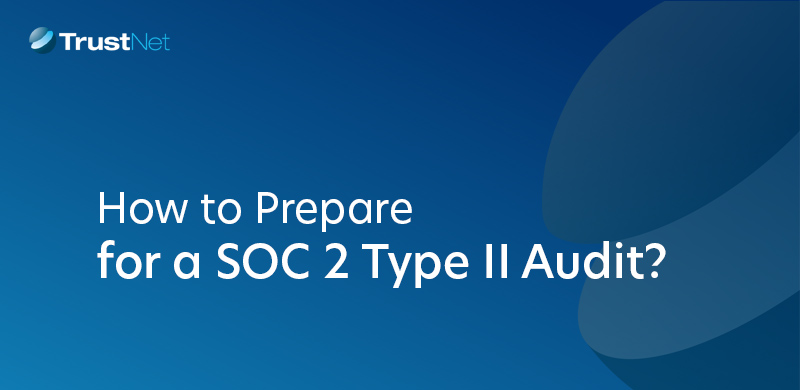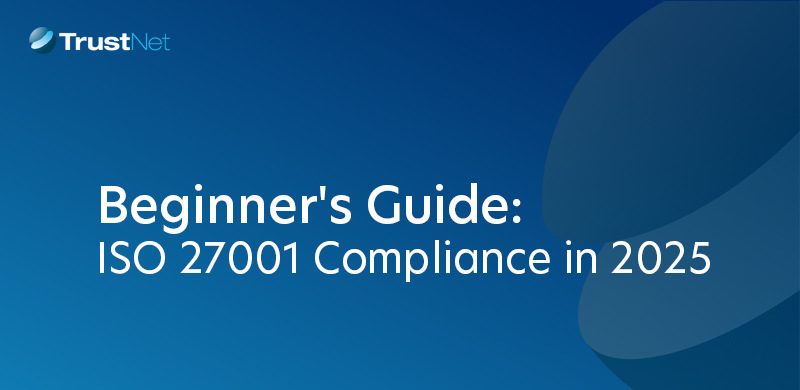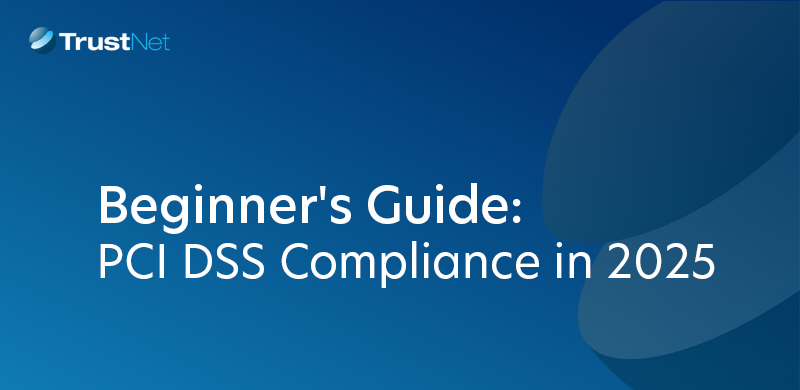When you think about your company’s digital protection strategy, the first threats that come to mind might involve those stemming from external sources. Malicious unknown perpetrators, nation-states with self-serving agendas and other types of cyber criminals are the stuff of numerous headlines and media scrutiny. However, some of the most profound threats to your organization’s data safety can come from insiders within your own enterprise.
Understanding who they might be and how they can gain access to your systems can give you the advantage in preventing, detecting and mitigating the impact of these destructive attacks.
What is an Insider Threat?
There are many entities who have easy access to the internal workings of your business. They could be current or former employees, family members of those people or past or present contractors. The vulnerabilities that these people exploit can be particularly hard to detect because they are so close to home and are not always intentional.
Insider Threat Examples
Insider threats come in a variety of different forms. What differentiates them is dependent on the motivations of the employee or employees involved. These threats include the following types:
- Negligent employees. Although these individuals are not malicious and do not mean to do harm, their unwillingness to follow training protocols or their lack of judgement causes them to make mistakes that put your networks and information at risk.
- Colluders with outside bad actors. These breaches occur when employees are recruited by external criminals to help them gain entrance into your networks for the purposes of committing fraud or intellectual property theft. Because the criminals are usually so adept at cybersecurity measures, this type of threat is particularly difficult to detect.
- Malicious insiders. These are generally disgruntled employees who take revenge against a company by exfiltrating large amounts of sensitive data and profiting financially from it. They may also plunder your intellectual property or sell information such as valuable trade secrets.
- Third-party insiders. These are usually vendors or contractors with whom a business has an ongoing relationship. Problems occur when their staff take advantage of their access to your company’s networks for their own malicious purposes. Alternatively, their systems that interface with yours might have vulnerabilities that open the door to outside attacks.
All types of insider threats are highly dangerous since they are difficult to predict and detect in a timely manner. Often, they are not discovered until significant damage to network and software resources has already occurred.
Detection of Insider Security Threats
Any employee who is familiar with systems and security solutions presents a particular risk should they choose to leverage that intelligence for their own profit. Using their legitimate authorization and insider knowledge of the whereabouts of sensitive information and the intricacies of security precautions, inside bad actors can often compromise assets with little difficulty. Therefore, it is incumbent on your security team to use a combination of automated monitoring, threat hunting technology and human brain-power to search for digital or behavioral cues that could indicate a problem.
Effective research is the best way to find and neutralize a malicious insider threat. The insider threat indicators you will find depend on the type of attackers who are jeopardizing your systems. For instance, a negligent employee can be sniffed out by searching for unusual online or credentialing activities, existing vulnerabilities or evidence of careless behaviors that can be exploited maliciously. Those who collude with outside criminals are often caught in the act of transmitting data to their partner.
Malicious insiders can often be intercepted when they attempt to export critical information or gain access to parts of the network where they do not belong. Finally, third-party bad actors may be apprehended by picking up on any of the warning signs already described.
Common Insider Threat Indicators
Although insider threats are often challenging to spot, there are numerous warning signs that any CISO or security team needs to heed in order to stop them in their tracks. These red flags include the following behaviors:
- Downloading excessive amounts of data or accessing information that is outside of an employee’s job responsibilities;
- Unexplained searches for sensitive data;
- Using unauthorized storage devices such as thumb drives;
- Using email to export company-specific information;
- Behavioral warning signs such as disgruntled attitude, coming to work at odd hours and appearing secretive.
Since digital analysis tools can protect your assets 24 hours a day and are not subject to human error, they can prove to be a premier solution to guard against potential insider threats and reduce their impact.
Defending Against and Responding to Inside Attack
You can’t wait for an incident to happen before putting a strategy in place. Prepare by implementing a thorough preemptive defense infrastructure that includes the following:
- Thorough mapping of all resources and who has access to them;
- Ongoing monitoring of all files, email and data throughout your systems;
- Limiting the extent of permissions and revoking them as soon as they are no longer necessary;
- Using security analytics to spot anomalies;
- Training all users, encouraging them to report any suspicious incidents.
In spite of your best efforts, an attack may occur. Have an advanced internal response plan in place so that you can act as soon as the report of a breach reaches you:
- Identify the threat and act immediately to neutralize it by logging out all potentially related users;
- Determine the scope of the threat and notify all affected stakeholders;
- Take steps to remediate the breach by removing access rights, restoring data, deleting malware, etc.;
- Perform forensics to prevent similar incidents from occurring in the future;
- Notify any regulatory agencies to remain compliant with industry or industries standards.
Outsider threats present unique challenges. Thwarting them requires forethought, accurate intelligence and dynamic prevention strategies. Since they can be the cause of devastating damage if allowed to continue, it is essential that you and your team develop a thorough internal threats avoidance, detection, isolation and mitigation insider threat cyber security protocol long before a destructive event occurs.




